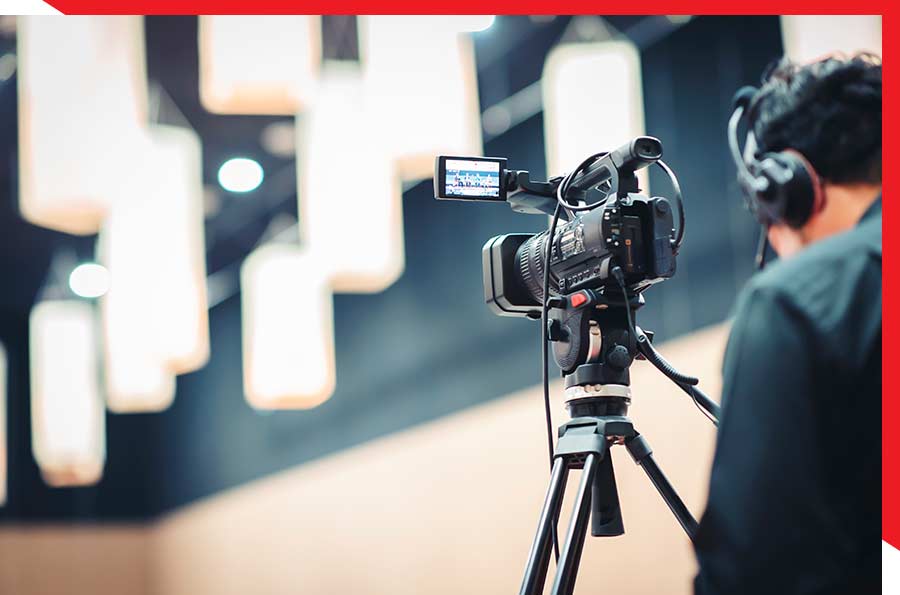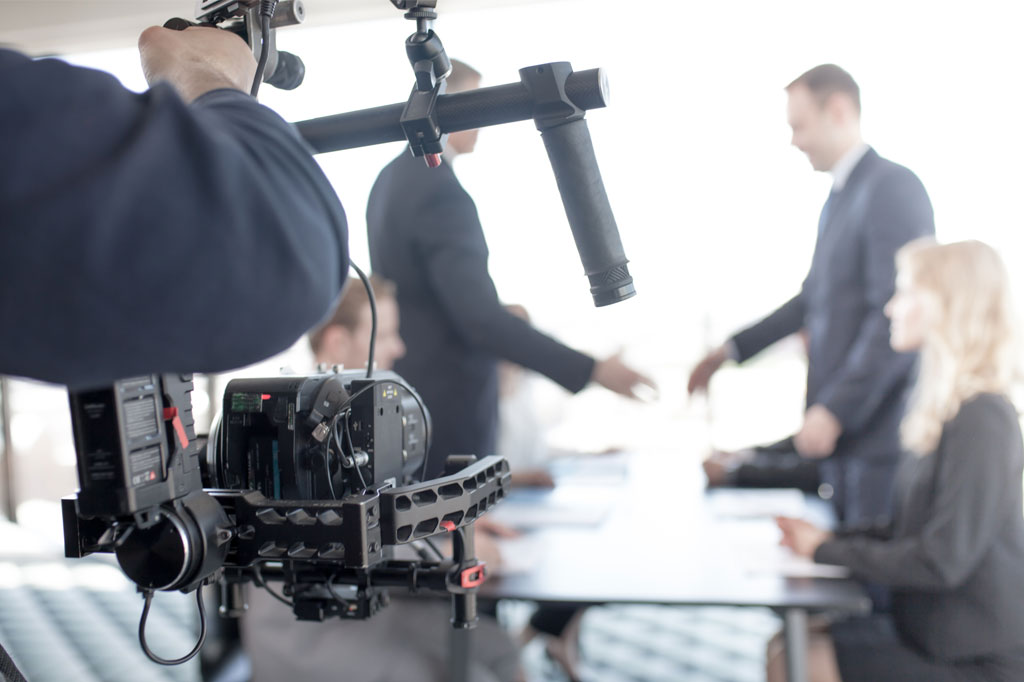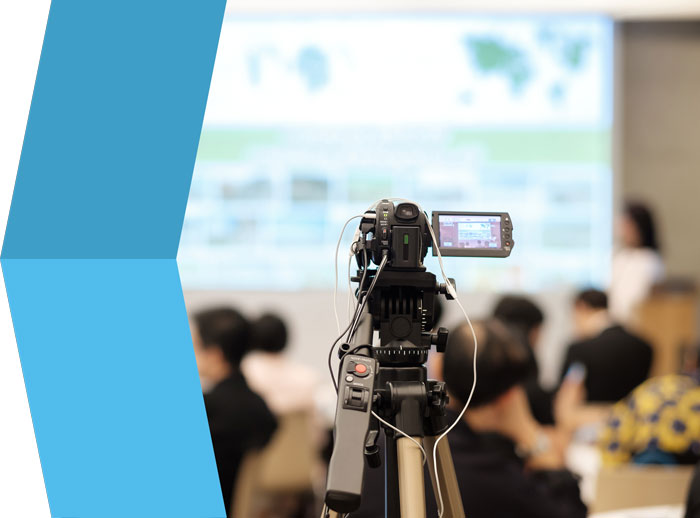Exploring the Systems of Legal Videography: Unveiling Its Procedure in Shielding Authentic Aesthetic Statement for Judicial Procedures
In the realm of judicial procedures, the duty of lawful videography stands as a cornerstone in maintaining and offering aesthetic evidence. As technology continues to advancement, the mechanisms behind lawful videography have actually come to be increasingly elaborate, offering a vital layer of credibility to testaments recorded on video.
Historic Development of Lawful Videography
Examining the historical development of legal videography reveals a considerable change in the capturing and discussion of visual proof within the legal landscape. In the past, legal procedures greatly depended on created records and photos to document occasions and give evidence. With the arrival of video clip technology, the legal market witnessed a standard shift in exactly how aesthetic testament was captured and presented.
The development of legal videography can be traced back to the late 20th century when advancements in video recording devices made it a lot more easily accessible for use in courts. This technical development not only enhanced the accuracy and reliability of aesthetic proof but also revolutionized the way cases existed to juries and courts (Legal Videography). Lawyers began to recognize the convincing power of video clip recordings in sharing emotions, nuances, and non-verbal cues that created records or photos alone might not catch successfully

Innovation Improvements in Video Documentation
What vital technical advancements have changed video clip paperwork in the lawful area? The legal field has seen significant advancements in video documents technology that have enhanced the authenticity and reliability of aesthetic proof in judicial procedures. One of the vital developments is high-def (HD) video clip recording capacities, which offer crystal-clear images and sharp information that are crucial for precisely catching testaments, faces, and various other visual cues. In addition, the integration of timestamping and metadata features in video clip documentation devices has actually enabled accurate documentation of when and where the video was videotaped, guaranteeing the honesty of the proof offered in court.
Furthermore, improvements in video encryption and watermarking innovations have bolstered the protection and tamper-proof nature of video clip proof, securing it against unapproved changes or tampering. The introduction of cloud storage space solutions and remote accessibility abilities has streamlined the storage space, access, and sharing of video clip evidence, promoting smooth cooperation among legal experts and making certain effective access to crucial visual testaments when needed. These technological developments in video clip documents have actually definitely transformed the legal area, enhancing the precision, integrity, and admissibility of visual proof in judicial process.
Role of Legal Videographers in Court Settings
The advancement of video documents modern technology in the legal area has actually demanded a vital role for legal videographers in court settings, making certain the integrity and dependability of aesthetic testimonies provided throughout judicial process. Lawful videographers play a basic role in recording and maintaining exact visual evidence that can be pivotal in court situations. Their obligation reaches setting up tools, taping proceedings, and generating premium video clips that accurately show the events in the courtroom.
In court room setups, legal videographers must stick to rigorous guidelines and standards to preserve the credibility of the visual record. They must have a keen eye for detail and a comprehensive understanding of legal treatments to make certain that the footage they record is a real representation of the occasions that took place. Furthermore, legal videographers commonly function closely with legal groups to click here to read ensure that the video clip proof aligns with the situation's needs and can be properly offered in court to sustain the legal arguments being made. In general, the function of lawful videographers in court room settings is essential in promoting the concepts of justice and making certain the openness of legal process.

Ensuring Admissibility and Honesty of Video Proof
To preserve the reputation of aesthetic evidence provided in lawful proceedings, guaranteeing the admissibility and stability of video clip proof is a critical duty for lawful videographers. Admissibility describes the approval of proof by the court, and for video clip evidence to be permissible, it has to meet particular requirements. Legal videographers play a critical role in making sure that the videos they record adhere to the regulations of proof, such as reliability, authenticity, and importance.
Stability of video evidence involves keeping the originality and precision of the footage from the moment it is taped up until it is offered in court. This includes safely keeping the video documents, documenting the chain of wardship, and stopping any meddling or modifications. Lawful videographers need to comply with strict procedures to assure the stability of the video proof and protect against any challenges to its credibility.
Future Trends in Legal Videography
Given the enhancing reliance on technology in legal procedures, website here legal videographers are poised to accept cutting-edge innovations forming the future of visual statement capture and discussion. Among the famous patterns on the horizon is the integration of digital fact (VIRTUAL REALITY) and increased fact (AR) innovations right into lawful videography. These innovations have the possible to revolutionize exactly how aesthetic proof exists in courtrooms, permitting judges and courts to immerse themselves in the scene of the criminal activity or occurrence.
Furthermore, making use of man-made intelligence (AI) algorithms for video evaluation is expected to improve the process of assessing and analyzing huge amounts of video clip footage. AI can assist in determining vital moments, abnormalities, and patterns within videos, boosting the efficiency of legal investigations.

Verdict
Finally, lawful videography has played a vital duty in supplying authentic aesthetic evidence for judicial proceedings. With technical developments and the expertise of lawful videographers, the integrity and admissibility of video clip proof are made sure in courtroom setups. As lawful videography remains to develop, it will be vital to promote requirements that preserve the precision and dependability of aesthetic statement for the future of lawful proceedings.
Examining the historical development of legal videography reveals a substantial improvement in the catching and presentation of aesthetic proof within the legal landscape.The advancement of video paperwork modern technology in the legal area has necessitated an important duty for legal videographers in court settings, making sure the honesty and reliability of aesthetic statements presented during judicial procedures. In addition, legal videographers often work closely with legal teams to make certain that the video clip proof lines up with you can check here the situation's requirements and can be properly provided in court to sustain the legal disagreements being made.To keep the reputation of visual proof provided in lawful process, making certain the admissibility and honesty of video evidence is an important responsibility for lawful videographers. As lawful videography proceeds to progress, it will certainly be necessary to promote requirements that keep the accuracy and reliability of visual testimony for the future of legal procedures.